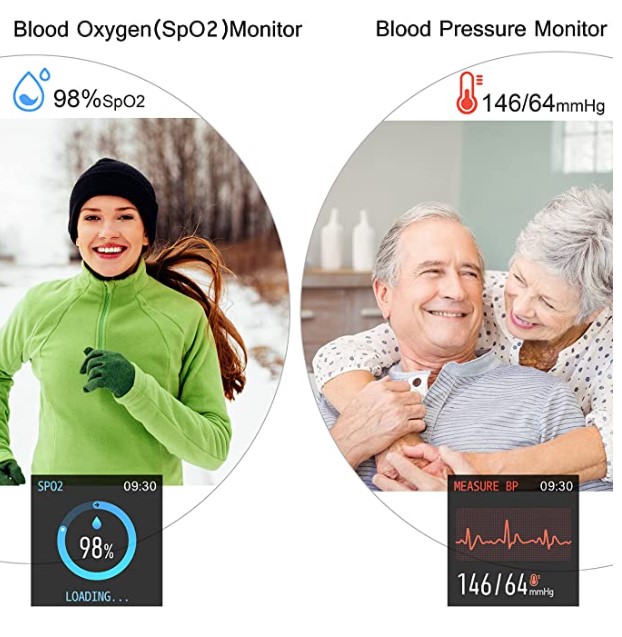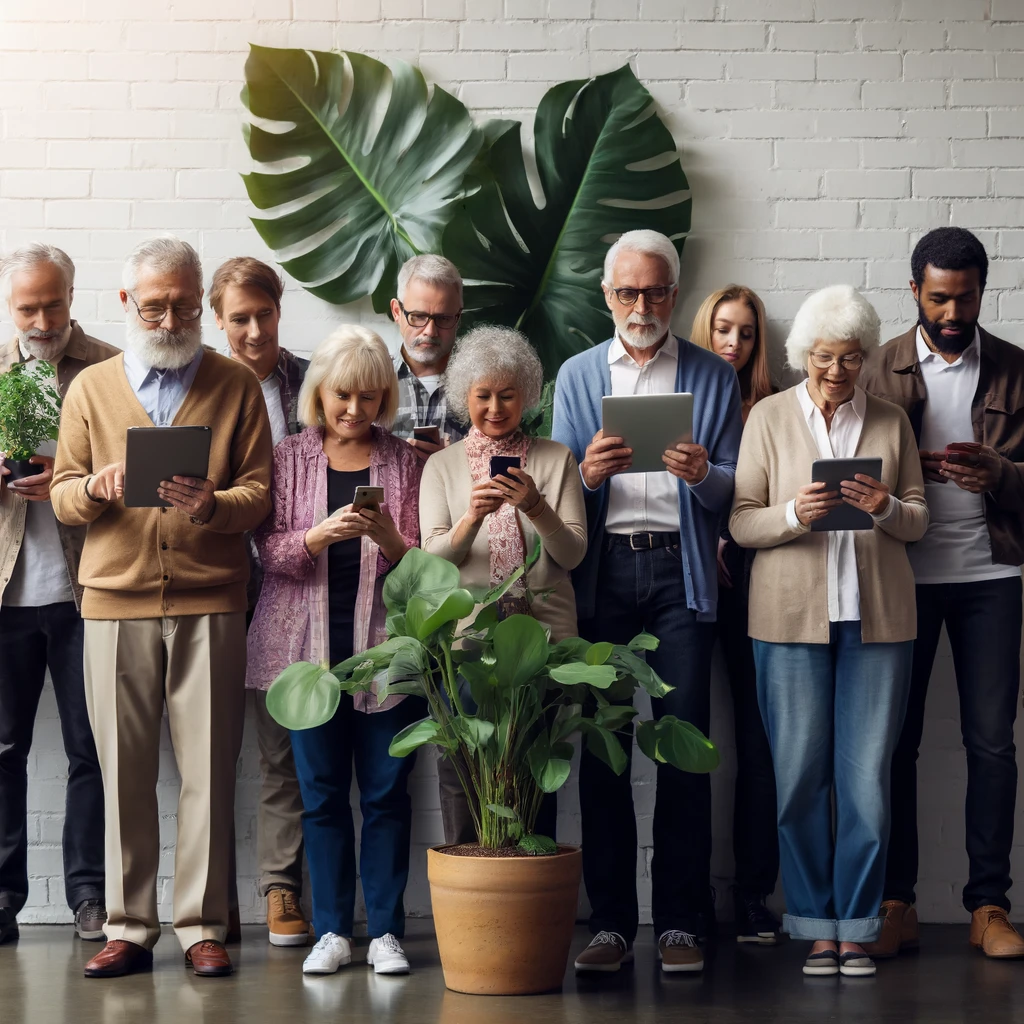The senior population in the United States is growing rapidly, with adults aged 65 and older projected to reach over 98 million by 2060. With increased longevity comes unique health challenges – nearly 80% of older adults have at least one chronic condition, while 60% have at least two. Technology presents promising solutions to support seniors in managing various medical conditions and desiring to age independently.
In recent years, technology adoption among seniors has steadily climbed. As of 2021, 61% of adults aged 65+ own smartphones, up from just 42% in 2016. Tablet ownership has also risen to 44% among seniors from 27% over the same period. Factors driving this increase include lower device costs, more user-friendly designs, and perceived benefits for connecting with loved ones. Ongoing efforts to improve digital literacy and accessibility among seniors will close this age-driven digital divide.
Emerging technologies for seniors hold promise, offering a brighter future of enhanced safety, social engagement, health management, cognitive health, and daily living. As seniors adapt to technology, they will obtain the benefits of fuller, healthier lives, a sense of safety, and optimism.
Wearable Devices for Health Monitoring and Safety
Wearable technology like fitness trackers, smartwatches, and medical alert devices is gaining popularity among seniors, providing a sense of security and reassurance. Devices like the Apple Watch and Fitbit track daily steps, calories burned, heart rate, sleep patterns, and more, offering valuable insights into physical activity levels and overall well-being. Many also have fall detection features that can automatically send alerts for help in the event of a tumble or other emergency, further enhancing safety.
AD
 | Find the wearable that meets your needs at www.seniorpeer.com/shop. Click HERE |
Smartwatches like the Apple Watch allow seniors to set reminders and alerts, helping them adhere to complex medication routines. Companies offer ECG-enabled watches that can take on-demand heart rhythm readings, enabling early detection of irregularities like atrial fibrillation. Some medical alert companies like MobileHelp and GreatCall also offer wearable devices with emergency buttons and GPS location tracking.
Wearable technology gives seniors and their caregivers peace of mind by monitoring vital health metrics and real-time location data. By motivating daily movement and enhancing safety, these devices support healthy, independent living for older adults.
Health Management Apps and Telehealth Platforms
Mobile apps provide a convenient way for seniors to manage their health and medication routines. Medication reminder apps like Medisafe allow users to input their prescriptions and set reminders to take pills on time. Health tracking apps like MyFitnessPal enable the daily logging of food intake, physical activity, blood pressure, and other vitals. Studies show that consistent use of these apps improves medication adherence and empowers patients to take control of managing chronic conditions.
Telehealth platforms have also become important for seniors, especially since the COVID-19 pandemic. Telehealth visits via video conferencing allow patients to consult doctors remotely while avoiding travel. Research indicates telehealth use among older adults increased substantially since the pandemic, highlighting its benefits for this population. Telehealth provides a convenient way for seniors to get the care they need quickly, safely and confidentially. Sharing health data and records enables better connections between patients, doctors, and caregivers. Easy-to-use health apps and telehealth solutions provide seniors with greater access to care and empower them to manage their well-being proactively.
In-Home Technologies for Comfort and Independence
Smart home devices provide key safety and accessibility features, allowing seniors to live independently in their homes for longer. Voice assistants like Amazon Alexa and Google Home can control lighting, temperature, and other appliances through simple voice commands, reducing the need to get up and down. Sensors on stoves and ovens can automatically turn off burners if left unattended, while motion sensors trigger lights automatically to reduce trips and falls. These conveniences enhance comfort and self-sufficiency.
Smart home technologies allow seniors to get help easily in emergencies through features like fall detection. Sensors in the home can detect falls and alert caregivers or emergency services. Remote health monitoring through in-home devices also enables proactive care by tracking vitals and sending alerts about potential issues. By leveraging AI and automation, smart home devices provide an added layer of protection and response, giving seniors and their loved ones peace of mind about safety and accessibility. These technologies allow older adults to live independently longer while remaining connected to caregivers when needed.
Combating Loneliness Through Online Communities
Staying socially connected is incredibly important for seniors’ health and well-being. Isolation can lead to depression, cognitive decline, and a poorer quality of life. Many online resources now help seniors safely interact with others virtually.
Senior Planet offers free online classes, discussion groups, and social events to keep older adults engaged. Their virtual community hub brings together over 100,000 members across the country. Other sites like the Virtual Senior Center host live classes, lectures, games, and meetups over video chat.
Seniors can also find or start social media groups focused on their interests, whether gardening, books or their local community. Platforms like Facebook and Nextdoor make it easy to connect with nearby residents. Video chat services like Zoom are great for scheduling virtual meetups for book clubs, support groups, or just chatting over coffee.
When participating in online groups, seniors must protect their privacy and safety. They should avoid sharing personal details publicly, be wary of scams, and only interact with reputable organizations. With some precautions, seniors can expand their social circles and forge meaningful connections online.
Sources
https://www.census.gov/library/visualizations/2018/comm/historic-first.html
https://www.cdc.gov/nchs/fastats/older-american-health.htm
https://www.ncbi.nlm.nih.gov/pmc/articles/PMC9730211/https://seniorplanet.org/
https://www.ncbi.nlm.nih.gov/pmc/articles/PMC10357882/
https://www.ncbi.nlm.nih.gov/pmc/articles/PMC8847316/
https://www.nytimes.com/wirecutter/reviews/smart-home-for-seniors/https://www.ecovacs.com/us/blog/smart-home-for-seniors

